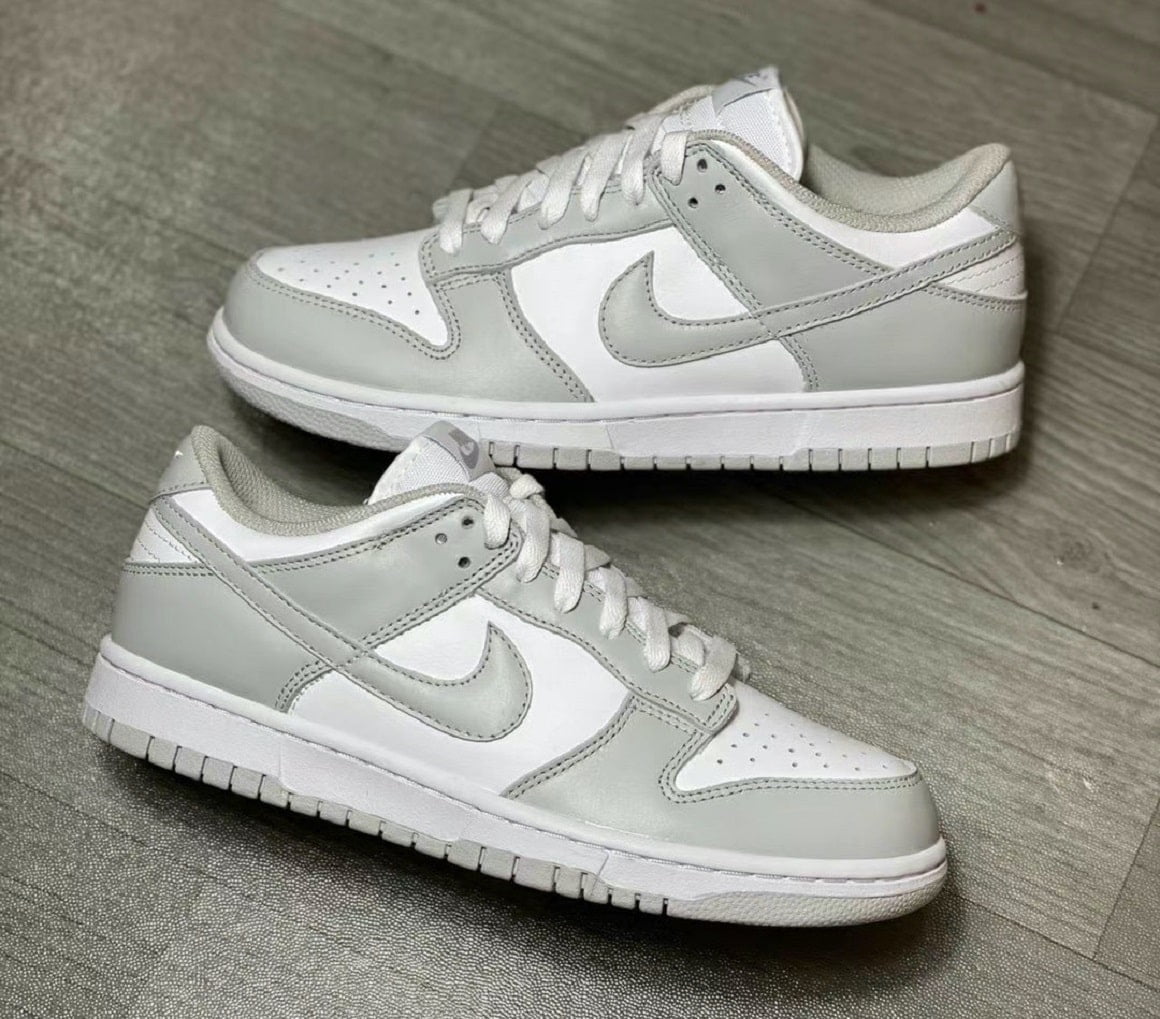Post Positioning and Play Styles
Perch in basketball – Post players are responsible for establishing a strong position in the paint and using their size and strength to score or create scoring opportunities for their teammates. They must be able to read the defense and adjust their positioning accordingly.
In the aerial realm of basketball, the perch reigns supreme. Yet, even among these majestic heights, there exists a technique that defies gravity—the basketball floater. Like a whisper in the wind, this elusive shot glides through the air, defying the boundaries of the vertical.
But know this, young acolyte, the perch remains the cornerstone, the unwavering foundation upon which all aerial artistry takes flight.
There are two main types of post positioning: high post and low post. High post players operate above the free throw line, while low post players operate below the free throw line. Both positions have their own advantages and disadvantages.
Perch in basketball is a vital skill that allows players to maintain an elevated position on the court, giving them a better view of the game and the ability to launch shots or pass the ball more effectively. Whether it’s in the post or on the perimeter, perch in basketball provides players with a strategic advantage and is essential for team success.
To master this technique, players must develop strong core muscles and exceptional balance, allowing them to stay poised and in control even under pressure. Perch in basketball is a fundamental skill that separates great players from good ones, and it can be a game-changer in any basketball match.
High post players have a better view of the court and can make passes to open teammates. They are also more difficult to guard because they can move quickly to either side of the basket. However, high post players are not as strong as low post players and are more likely to be blocked.
The perch in basketball, a position of strategic advantage, requires both agility and precision. Much like the sole meaning that anchors our understanding, the perch in basketball serves as a guiding force, directing players towards their ultimate goal. It is a sanctuary amidst the chaos of the game, where players can gather their thoughts and orchestrate their next move.
Low post players are stronger than high post players and are more difficult to move out of the paint. They can also score more easily because they are closer to the basket. However, low post players have a more limited view of the court and are more likely to be double-teamed.
In the fierce battle of basketball, where players soar high for dunks, the perch holds its own unique place. When a player elevates to shoot, they may not always have the space for a full-fledged jump shot. In such moments, the floater, a delicate and controlled shot, becomes their secret weapon.
Like a butterfly fluttering through the air ( floater definition basketball ), the ball gently arcs over the outstretched arms of defenders, finding its way to the basket. It’s a testament to the skill and finesse of the perch player, who commands the court with grace and precision.
In addition to their positioning, post players must also be able to use a variety of offensive and defensive play styles. Some of the most common offensive play styles include:
- Post-ups: Post-ups are one-on-one moves that allow post players to establish a strong position in the paint and score. There are a variety of different post-up moves, including the drop step, the hook shot, and the fadeaway.
- Pick-and-rolls: Pick-and-rolls are two-man plays that involve a post player setting a screen for a guard. The guard then rolls to the basket and the post player either pops out to the perimeter or cuts to the basket.
- Alley-oops: Alley-oops are passes that are thrown high in the air to a post player who is cutting to the basket. Alley-oops are often used to score easy baskets in transition.
Some of the most common defensive play styles include:
- Man-to-man defense: Man-to-man defense is a defensive strategy in which each player is responsible for guarding one offensive player.
- Zone defense: Zone defense is a defensive strategy in which players are assigned to guard specific areas of the court rather than specific players.
- Double-teaming: Double-teaming is a defensive strategy in which two players guard one offensive player.
The best post players are able to use a variety of post positioning techniques and play styles to score and defend. They are also able to read the defense and adjust their play accordingly.
The art of the basketball court requires finesse, and one of the most crucial elements is the perch, a strategic positioning where players seek the advantage. Beyond the hardwood, “perch” carries a broader meaning, signifying a position of rest or elevation.
Like the basketball player seeking the perfect spot to launch a shot, understanding the perch meaning can elevate our understanding of language and life.
Skills and Attributes
The following skills and attributes are essential for success as a post player:
- Strength: Post players need to be strong enough to hold their position in the paint and score against contact.
- Size: Post players need to be tall and have a long reach to be able to score over defenders.
- Athleticism: Post players need to be athletic enough to move quickly and jump high.
- Footwork: Post players need to have good footwork to be able to establish a strong position in the paint and score.
- Basketball IQ: Post players need to have a good basketball IQ to be able to read the defense and make the right decisions.
Historical Significance and Evolution

The perch position, initially known as the “center,” has its roots in the early days of basketball. In the 1890s, the game was played with nine players on each team, and the center position was primarily responsible for rebounding and defending the basket. As the game evolved and rules were standardized, the center position became more specialized, with players developing unique skills and techniques.
Key Players and Teams, Perch in basketball
Throughout the history of basketball, several key players and teams have significantly impacted the development of the perch position. In the early 1900s, George Mikan revolutionized the game with his dominance as a center for the Minneapolis Lakers. Mikan’s exceptional size, strength, and footwork allowed him to dominate the paint and establish the center position as a force to be reckoned with.
Other notable players who shaped the perch role include Wilt Chamberlain, Kareem Abdul-Jabbar, Hakeem Olajuwon, and Shaquille O’Neal. These players possessed unique combinations of size, athleticism, and skill, which allowed them to dominate the paint and establish themselves as some of the greatest centers in basketball history.
Changes in Tactics and Strategies
Over time, changes in tactics and strategies have also shaped the perch position. In the early days of basketball, centers were primarily used as rebounders and defenders. However, as the game evolved, coaches began to recognize the potential of the center position to contribute offensively. As a result, centers began to develop more versatile skill sets, including the ability to score, pass, and handle the ball.
In modern basketball, the perch position is still considered one of the most important on the court. Centers are expected to be able to rebound, defend the paint, and score effectively. However, the role has also evolved to include more versatility, with many centers now able to handle the ball, pass, and shoot from the outside.
Variations and Adaptations: Perch In Basketball

The perch position, like many other aspects of basketball, has undergone numerous variations and adaptations over time. These changes have been driven by a combination of factors, including rule changes, the overall evolution of the game, and the emergence of new playing styles.
One of the most significant variations in the perch position has been the emergence of the “point perch”. This type of perch is responsible for initiating the offense and setting up plays for teammates. Point perches are typically smaller and quicker than traditional perches, and they possess excellent ball-handling and passing skills.
Rule Changes
Rule changes have also played a role in the evolution of the perch position. For example, the introduction of the three-point shot in the 1970s led to an increase in the number of perches who were able to shoot from long range. This, in turn, made it more difficult for defenders to guard perches, and it led to a more open and up-tempo style of play.
Overall Evolution of the Game
The overall evolution of the game has also had a significant impact on the perch position. As the game has become more athletic and fast-paced, perches have had to become more versatile and skilled. They are now expected to be able to score, rebound, and defend at a high level.
Potential Future Developments
The perch position is likely to continue to evolve in the future. As the game continues to change, perches will need to adapt their skills and playing styles to meet the demands of the new era.